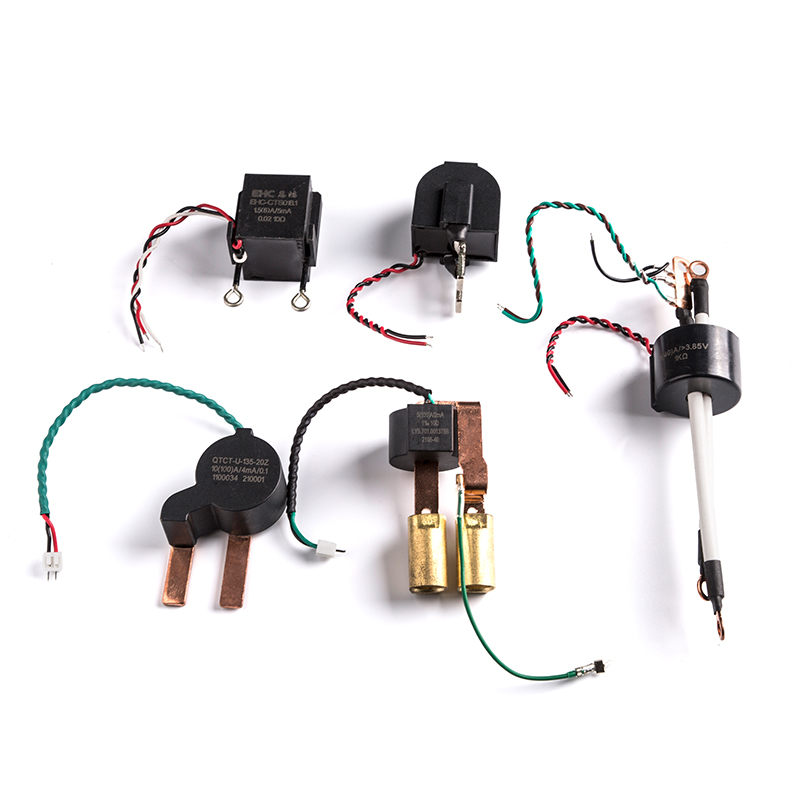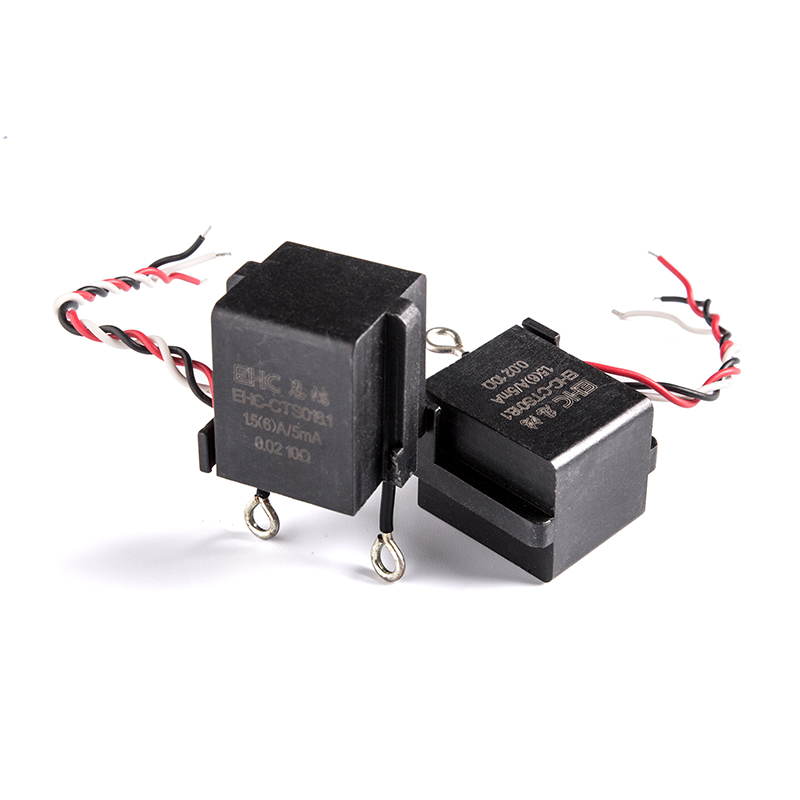Magnetic cores are crucial components in the construction of transformers, inductors, and other electromagnetic devices. They are designed to enhance and control the magnetic field in these devices. Various materials are used in the manufacturing of magnetic cores, and the choice depends on factors such as application requirements, frequency range, and desired magnetic properties. Here are some common materials used in the manufacturing of magnetic cores:
Silicon Steel (Electrical Steel):
Composition: Silicon steel is an alloy of iron and silicon, with varying silicon content (typically up to 4.5%). It may also contain small amounts of aluminum and manganese.
Properties: Silicon steel is widely used due to its high magnetic permeability and low core losses. It is particularly effective at reducing eddy current losses, making it suitable for power transformers and inductors.
Ferrite:
Composition: Ferrites are ceramic compounds containing iron oxide (Fe2O3) combined with other metal oxides such as manganese, zinc, nickel, and magnesium.
Properties: Ferrite cores are known for their high resistivity, which reduces eddy current losses. They are commonly used at higher frequencies and in applications such as RF transformers, inductors, and switching power supplies.
Powdered Iron:
Composition: Powdered iron cores are made by compressing and sintering iron powder.
Properties: Powdered iron cores offer a range of permeabilities depending on the manufacturing process and additives. They are used in applications where a variable or adjustable magnetic core is required, such as inductors in radio-frequency circuits.
Amorphous and Nanocrystalline Alloys:
Composition: These alloys are typically based on iron with additions of boron, silicon, and other elements.
Properties: Amorphous and nanocrystalline cores exhibit high magnetic permeability and low core losses, making them suitable for high-efficiency transformers and inductors. They are commonly used in power electronics applications.
Permalloy:
Composition: Permalloy is an alloy of iron and nickel, with varying nickel content.
Properties: Permalloy exhibits high magnetic permeability and low coercivity. It is used in applications where high sensitivity to magnetic fields is required, such as in magnetic sensors and magnetic shielding.
Nickel-Zinc (Ni-Zn) Ferrite:
Composition: Nickel-zinc ferrites are made from a combination of nickel oxide, zinc oxide, and iron oxide.
Properties: Ni-Zn ferrites are characterized by their high magnetic permeability at lower frequencies. They are commonly used in applications such as common-mode chokes and high-frequency transformers.
Cobalt-Iron (Co-Fe) Alloys (Perminvar):
Composition: Cobalt-iron alloys, often known as Perminvar, are composed of cobalt and iron.
Properties: These alloys exhibit low temperature coefficient of permeability and low magnetostriction. They are used in applications where stability of magnetic properties over a range of temperatures is crucial.
Ceramic Cores:
Composition: Ceramic cores are made from various ceramic materials, such as steatite or alumina, with the addition of ferrimagnetic materials.
Properties: Ceramic cores are used in applications where a non-conductive core is required. They are often employed in high-frequency transformers and inductors.
The selection of a specific magnetic core material depends on the intended application, required magnetic properties, operating frequency, and cost considerations. Each material has its advantages and limitations, and engineers carefully choose the most appropriate material based on the specific needs of the electromagnetic device being designed.

 English
English 中文简体
中文简体 Deutsch
Deutsch 日本語
日本語

 View More >>
View More >> View More >>
View More >> View More >>
View More >> View More >>
View More >> View More >>
View More >> View More >>
View More >> View More >>
View More >> View More >>
View More >>